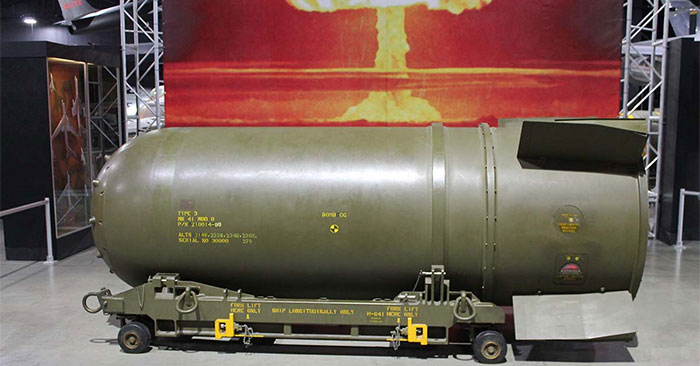Using a laser transmits data at a rate of 1,000 gigabits per second at a distance of 53 km
Researchers at ETH Zurich University collaborated with Thales Alenia Space and the French National Aeronautics and Space Research Agency (ONERA) to conduct an experiment using a laser beam to transmit optical data through the air from between the mountaintop and the city of Bern over a distance of 53 km.
The experiment faced many challenges such as air turbulence and thermal phenomena but was successful.

The team used a microelectromechanical system (MEMS) chip with 97 mirrors to transmit and achieve a bandwidth of one terabit per second (equivalent to 1,000 gigabits per second). When using standard technology the system can scale up to 40 terabits/sec. This success opens up the possibility of high-speed, cost-effective Internet connectivity through a constellation of near-Earth satellites.
Laser beams face many factors as they travel through dense air near the ground that affect the motion of light waves and data transmission. The biggest challenges are the crowded megacities, the water surface of Lake Thun, the erratic turbulence of air particles over the snow-covered high mountains and the Aare plane, which cause errors in the transmitted data. In addition, the phenomenon of heat causing the air to flicker also disrupts the uniformity of light motion.
To limit the engineering of the laser system, the mirrors correct the phase shift of the laser beam at 1,500 times/second based on the intersection surface along the slope. This allows the team to transmit more information per unit of time than the radio technology used in satellite Internet connections.
The team's new technology has the potential to have a major impact on the global Internet infrastructure, especially in remote areas. In the experiment, the system could easily scale up to 40 channels and 40 terabit/s transmission rate, so it could be a promising alternative to current deep sea cables.
You should read it
- 12 best WiFi data transfer apps on Android in 2021
- Frame Relay, solutions for businesses and corporations (Part 1)
- What is MTU?
- The Moon will have a mobile data network that can live stream HD videos from the Moon to Earth
- Waves and light can help transfer data at 100Gb / s
- Chromebooks can now warn users when connecting to an 'inappropriate' USB Type C cable
- Scientists use lasers to transmit sound to human ears
- How to share data over LAN windows 10
- The world's longest undersea power transmission cable
- Point to Point Protocol (PPP)
- Transfer 1 GB of data in 3 seconds with USB 3.0
- How to Calculate Data Transfer Speed
May be interested

The world's deepest sunken shipwrecks ever discovered

Amazing facts about the deepest place on Earth, the Challenger abyss

NASA recycles urine and sweat of crew on ISS space station 98%

Houses are so heavy that the whole city sinks

5 most powerful nuclear bombs in the world ever built

Hydroelectric dam with capacity 3 times larger than the Three Gorges Dam is about to be built






 The Pentagon successfully developed a laser that identifies the object through the heartbeat
The Pentagon successfully developed a laser that identifies the object through the heartbeat Is measuring the distance with an electronic ruler accurate?
Is measuring the distance with an electronic ruler accurate? The chip can transmit all the Internet data every second, 1.84 petabits/s
The chip can transmit all the Internet data every second, 1.84 petabits/s 5 best laser printers for home and office use
5 best laser printers for home and office use See a $ 45,000 laser gun sweeping away all stains on metal in a flash
See a $ 45,000 laser gun sweeping away all stains on metal in a flash How to Calculate Data Transfer Speed
How to Calculate Data Transfer Speed